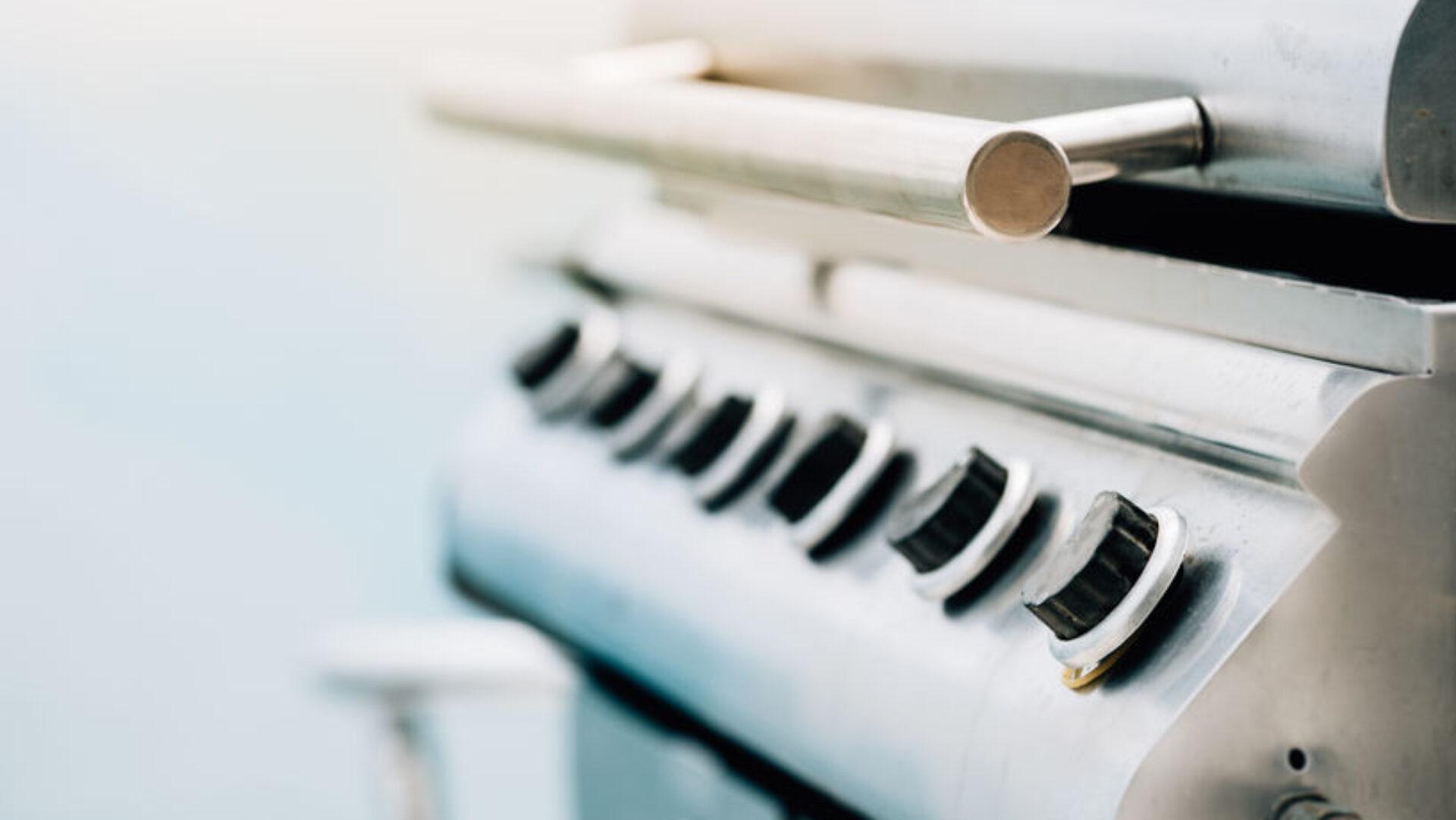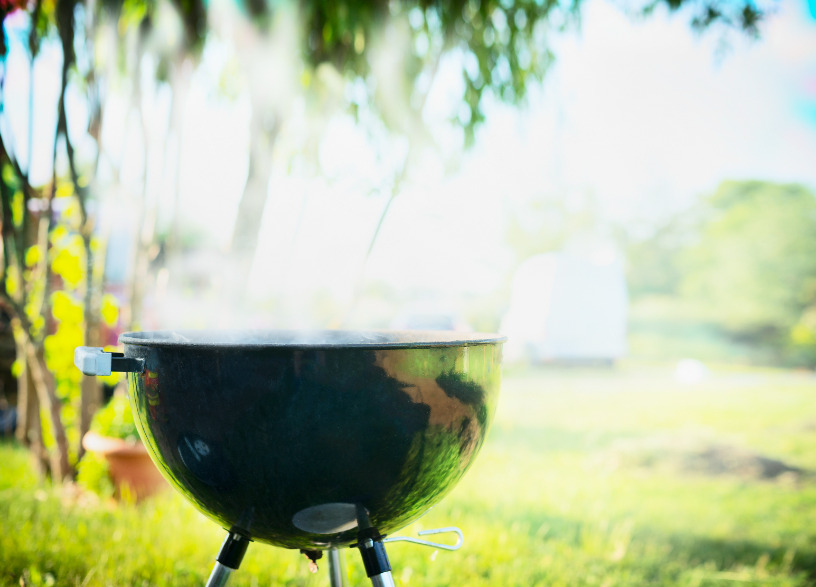 When choosing between charcoal and propane grills, temperature performance is a key consideration for many grill enthusiasts.
When choosing between charcoal and propane grills, temperature performance is a key consideration for many grill enthusiasts.
Charcoal grills can achieve higher temperatures than propane grills, making them a preferred choice for those looking to sear steaks or create that perfect crust on meats.
The combustion of charcoal allows for intense heat, often exceeding 700°F, depending on the grill design and the quality of charcoal used.
In contrast, propane grills typically reach maximum temperatures around 500°F to 600°F.
This significant difference can impact not only cooking times but also the flavor profile of grilled foods, as the smoke from burning charcoal adds a distinct taste.
Grillers often debate the merits of each fuel type, with charcoal offering higher heat potential and a unique smoky flavor, while propane is celebrated for its convenience and ease of use.
Understanding these differences can help enthusiasts select the best grilling method for their culinary goals.
Understanding the Basics of Grilling
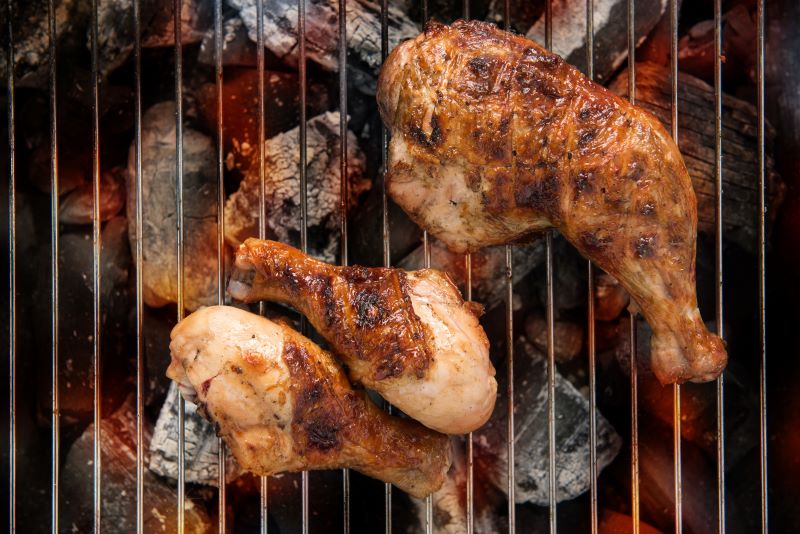
Grilling encompasses various methods and equipment that impact cooking temperatures and flavor profiles.
Key distinctions exist between types of grills and their heat sources, including charcoal and propane options.
Types of Grills
Grills can be categorized into several types, such as charcoal grills, gas grills, and combo grills.
Each type offers unique cooking experiences and results.
Charcoal Grills
Known for enhancing flavor, these grills use briquettes or lump charcoal.
They typically generate high temperatures, making them suitable for searing meats.
Gas Grills
These use propane or natural gas and provide convenience with quick start-up times.
They usually offer precise temperature control, allowing for versatile cooking conditions.
Kettle Grills
A popular category of charcoal grill, kettle grills have a rounded shape that promotes even heat distribution and airflow.
They excel at both direct and indirect cooking methods.
Grill Types and Heat Sources
The heat source significantly influences cooking techniques and outcomes.
Charcoal Grills
They reach higher temperatures than most gas grills, often exceeding 700°F (371°C).
This intensity is beneficial for achieving a perfect sear.
Propane Grills
While they typically heat up quicker, their maximum temperatures can be lower than those of charcoal grills.
Most propane grills maintain temperatures around 500°F (260°C).
Combo Grills
These versatile units can switch between gas and charcoal.
Such flexibility allows for various cooking styles, merging the best aspects of both fuel types.
Understanding the differences in grill types and heat sources is essential for selecting the right equipment for specific grilling needs.
Heat Generation in Grilling
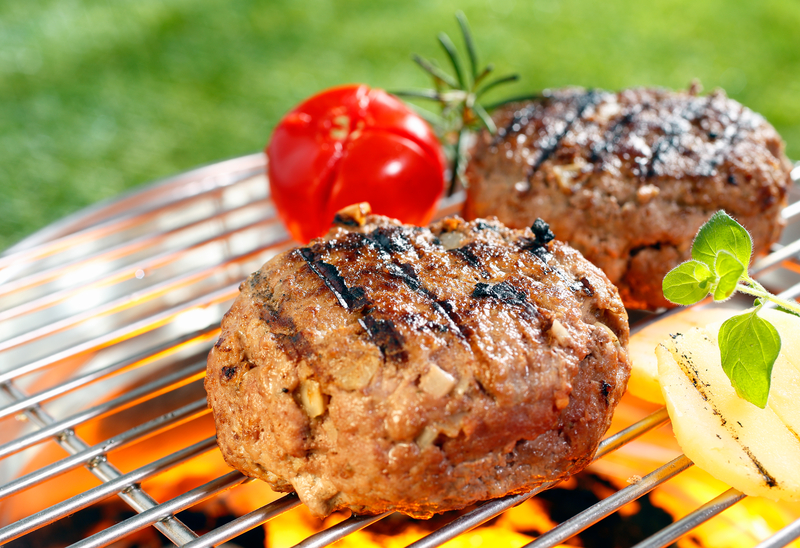
Grilling involves the generation of heat, which varies significantly between charcoal and propane methods.
Understanding these heat dynamics is crucial for efficient cooking and achieving the desired results.
Charcoal Grilling Heat Dynamics
Charcoal grills generate heat through the combustion of charcoal briquettes or lump charcoal.
When ignited, charcoal can reach cooking temperatures ranging from 400°F to 700°F or more.
The heat retention of charcoal is notable; once heated, it continues to radiate heat effectively.
This makes charcoal capable of sustaining high temperatures for extended periods.
In terms of heat flux, charcoal produces intense, concentrated heat, which is ideal for searing meats.
Temperature control can be more challenging because it relies on the amount of charcoal used and air ventilation.
Adjusting these factors can lead to significant variations in cooking temperatures, influencing the grilling experience.
Propane Grilling Heat Dynamics
Propane grills utilize gas to create a flame, generating heat almost instantly.
The typical BTU output for propane grills ranges from 20,000 to 60,000 BTU, allowing for quick and efficient cooking.
Propane offers better temperature control compared to charcoal.
Users can easily adjust the flame and achieve consistent cooking temperatures.
Although propane provides high heat quickly, it may not retain heat as well as charcoal once the flame is reduced.
This can impact the grilling of certain foods that benefit from slow, even cooking.
Despite this, propane’s rapid heat generation allows for versatile grilling techniques, adapting to various cooking methods and food types.
Maximizing Grill Temperatures
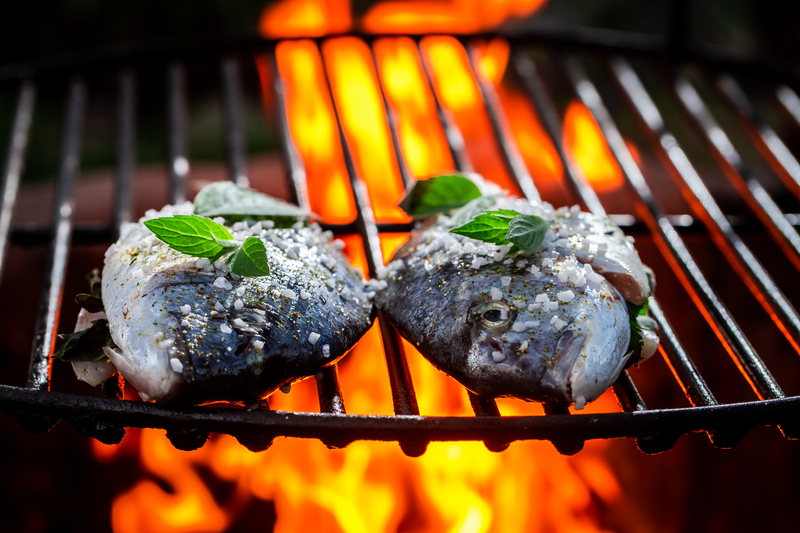
To achieve optimal grilling temperatures, both charcoal and propane grills require specific techniques.
Each fuel type has unique qualities that can enhance the grilling experience when utilized correctly.
Achieving High Temperatures with Charcoal
To maximize temperatures with a charcoal grill, it is essential to start with high-quality charcoal briquettes.
Choosing briquettes that ignite quickly and maintain heat can make a significant difference.
Using a chimney starter is highly recommended for igniting charcoal.
This method ensures even burning and preheats the coals to a desired level before adding them to the grill.
Airflow management plays a critical role in temperature regulation.
Adjusting the vents on the grill can increase oxygen supply, leading to hotter fires.
Closing the vents slightly can help control extremely high heat levels.
A well-maintained charcoal pile should also be compact for efficient heat retention.
Placing coals in a pyramid shape can help achieve maximum heat during the initial cooking phase.
Optimizing Propane Grill Temperatures
For propane grills, achieving high temperatures hinges on proper setup and maintenance.
Ensuring that the propane tank is full and in good condition is fundamental for consistent heat.
Utilizing infrared burners can significantly elevate cooking temperatures.
These burners heat up quickly and provide direct, intense heat for searing meats.
Preheating the grill for at least 10 to 15 minutes before cooking can help reach optimal temperatures.
It is vital to leave the lid closed to trap heat effectively.
Regularly checking and cleaning the burners ensures a steady gas flow, which optimizes performance.
Blocked burners can lead to uneven heating, compromising the cooking experience.
In both cases, consistent monitoring and adjustments result in optimal grilling performance.
Flavor and Grilling Techniques
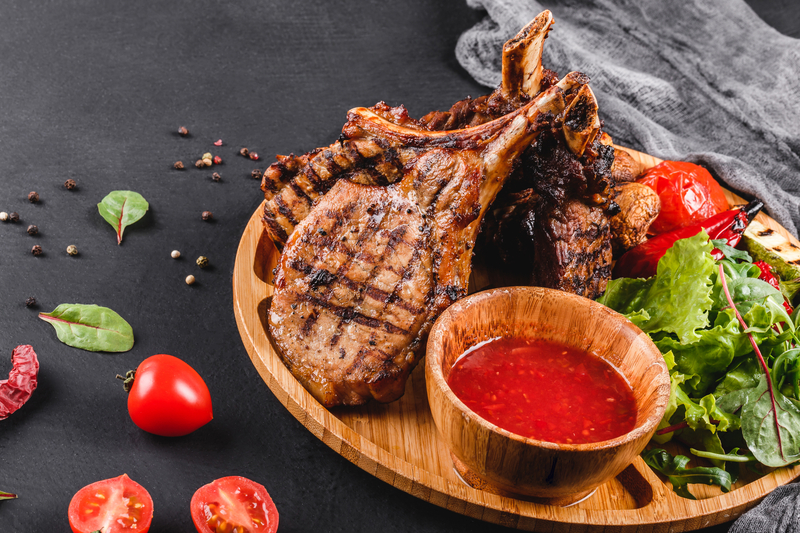
The choice between charcoal and propane greatly influences the flavor and techniques employed in grilling.
Understanding these differences can enhance the grilling experience and the taste of the food.
The Influence of Fuel Type on Flavor
Charcoal and propane contribute distinct flavors to grilled foods.
Charcoal provides a robust, smoky flavor due to the combustion of organic materials, which can enhance the taste of meats, particularly in barbecue settings.
The smoke produced by burning charcoal infuses dishes with a rich aroma, elevating the overall enjoyment of the meal.
In contrast, propane offers a cleaner burn.
While it may not impart the same intense flavor, it allows for more precise temperature control.
This difference can lead to varying experiences in taste, with charcoal being favored for those seeking a traditional grilling flavor.
Searing and the Maillard Reaction
Searing plays a critical role in flavor development during grilling.
The Maillard reaction, which occurs when proteins and sugars in meat react to high heat, creates a flavorful crust.
Both charcoal and propane can achieve high temperatures necessary for effective searing.
With charcoal, the intense heat can produce a deeper sear more rapidly.
This can be particularly advantageous for cuts like steak, allowing for a savory flavor profile.
Propane can also facilitate searing, but the result may differ slightly due to the more consistent heat it provides.
This subtlety can affect the overall taste and texture of the grilled item.
Smoking and Indirect Cooking Methods
Smoking enhances flavor complexity and is often associated with traditional barbecue techniques.
Charcoal grills excel in this area; adding wood chips to the glowing coals introduces a smokier taste.
Different types of wood can provide unique flavors, such as hickory, apple, or mesquite, further contributing to the culinary experience.
Propane grills can also be used for smoking, but they may require specialized accessories like smoke boxes.
Indirect cooking methods, such as setting up a two-zone fire, can be implemented on both grill types.
This method allows for slow cooking and infusing smoke flavor into items like chicken or ribs while retaining moisture and preventing burning.
Practical Considerations in Grill Selection
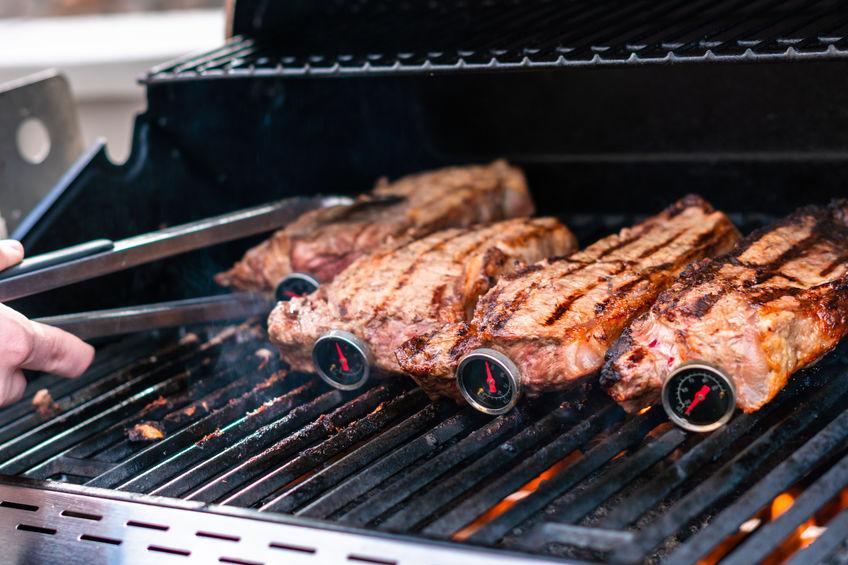
Choosing between charcoal and propane grills involves various factors that significantly affect user experience.
Important aspects include ease of use and maintenance, budget considerations, and the environmental impact of each option.
Ease of Use and Maintenance
Charcoal grills require more attention during the cooking process.
Users must manage charcoal placement and ignition, which can be time-consuming.
Cleanup involves disposing of ash and cleaning grates, adding to maintenance time.
Propane grills, on the other hand, offer quick ignition and consistent heat.
They generally require less effort in terms of setup and teardown.
Propane tank replacement is straightforward, as is grill cleaning, often limited to wiping surfaces and removing grease buildup.
For those seeking convenience, propane may emerge as the preferred choice.
Cost Analysis and Budgeting for Grills
Cost varies significantly between charcoal and propane grills.
Charcoal grills are typically less expensive upfront but require ongoing purchases of charcoal and other supplies.
Propane grills may have a higher initial cost due to more advanced features or materials.
Users should consider long-term expenses involving propane refills and maintenance.
A budget analysis should include potential costs for accessories, such as grill covers and cleaning tools.
A detailed look at ongoing expenses will ensure prospective buyers make informed decisions.
Grill Maintenance and Accessories
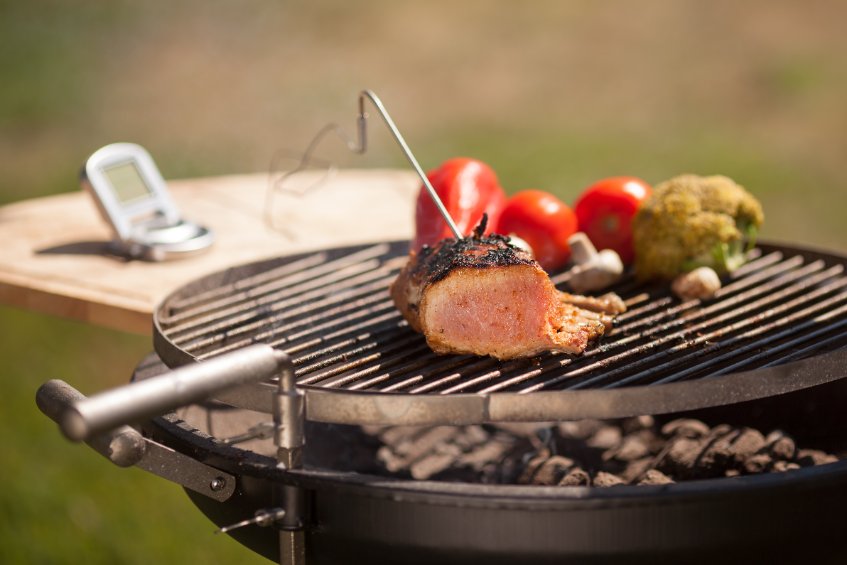
Proper maintenance and the right accessories enhance the grilling experience significantly.
Understanding how to clean grills and utilize essential tools ensures efficient cooking and longer-lasting equipment.
Cleaning and Upkeep of Grills
Regular cleaning is crucial for both charcoal and propane grills.
For charcoal grills, it’s important to remove ash after each use to maintain good airflow and prevent corrosion.
Scrubbing the grates with a wire brush helps remove residue, ensuring better flavor during the next grilling session.
Propane grills also require consistent maintenance.
Checking for grease buildup is essential, as it can cause flare-ups.
A mixture of warm, soapy water can be used to clean the grates and exterior surfaces.
Applying a high-heat oil to the grates after cleaning prevents rust and promotes a non-stick surface.
Ventilation plays a vital role in maintaining optimal temperatures.
Keeping the vents clear on charcoal grills allows for proper airflow control, affecting cooking temperatures.
Essential Grilling Accessories
Various accessories can improve the grilling process.
A meat thermometer is a must-have for both charcoal and propane grilling.
It allows for precise cooking, ensuring that meats reach safe temperatures.
Grill brushes and scraper tools facilitate efficient cleaning.
Investing in a quality set of grilling utensils, including tongs and spatulas, enhances control while flipping or serving food.
Charcoal chimney starters simplify the process of lighting a grill, eliminating the need for lighter fluid and making the initial setup more convenient.
Additionally, heat-resistant gloves offer protection against burns, particularly when handling hot grates or charcoal.
Using these tools effectively promotes a more enjoyable and organized grilling experience.
Grill Selection for Different Requirements
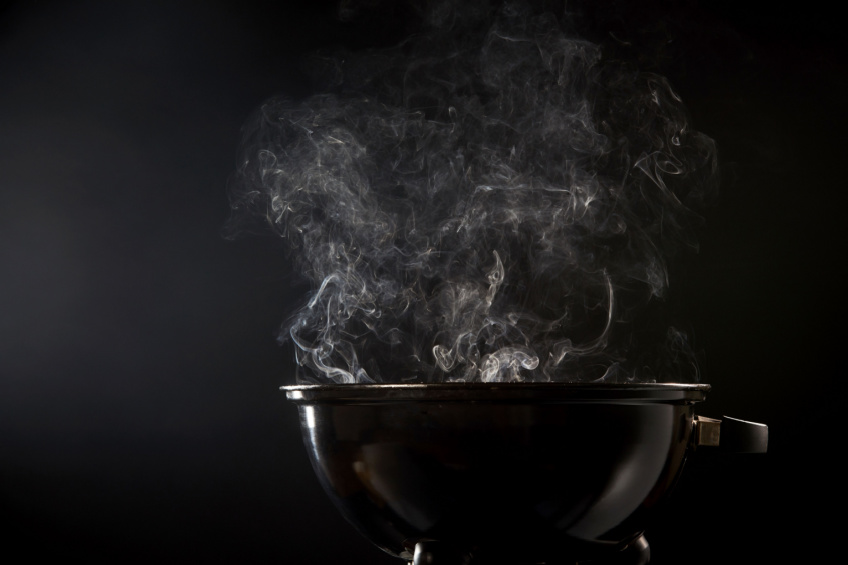
Selecting the right grill depends on specific cooking needs and preferences.
Different grill types offer unique advantages for various scenarios, such as home cooking or outdoor activities.
Grills for the Home Cook
Home cooks often prefer grills that suit their culinary style and frequency of use.
 Charcoal grills, like the Weber Original Kettle, provide a distinct smoky flavor and high heat, ideal for searing meats.
Charcoal grills, like the Weber Original Kettle, provide a distinct smoky flavor and high heat, ideal for searing meats.
Gas grills offer convenience with quick ignition and precise temperature control.
They are easier to clean and maintain, appealing to those who prefer simplicity.
In terms of heat output, propane grills warm up rapidly and maintain steady temperatures, making them suitable for busy cooks.
When choosing, consider the size of the grill.
A larger cooking surface may accommodate more food, while smaller options are ideal for limited spaces.
Portability can also factor in, as some home cooks may want the option to grill in different locations.
Choosing a Grill for Camping and Portability
When selecting a grill for camping, portability becomes crucial.
Lightweight options that are easy to transport are often prioritized.
Compact propane grills like this Fold N Go are popular because they ignite quickly and don’t require extensive setup.
Charcoal grills can also work for camping if they include a foldable design.
Many campers appreciate the flavor that charcoal offers, but they should be cautious about carrying charcoal and starter materials.
Specialty portable charcoal like the Weber Jumbo Joe grills are available.
These often come with features like leg stands for stability and compact storage solutions.
Weighing the convenience of gas against the flavor of charcoal is essential for campers who want to enhance their outdoor cooking experience.
